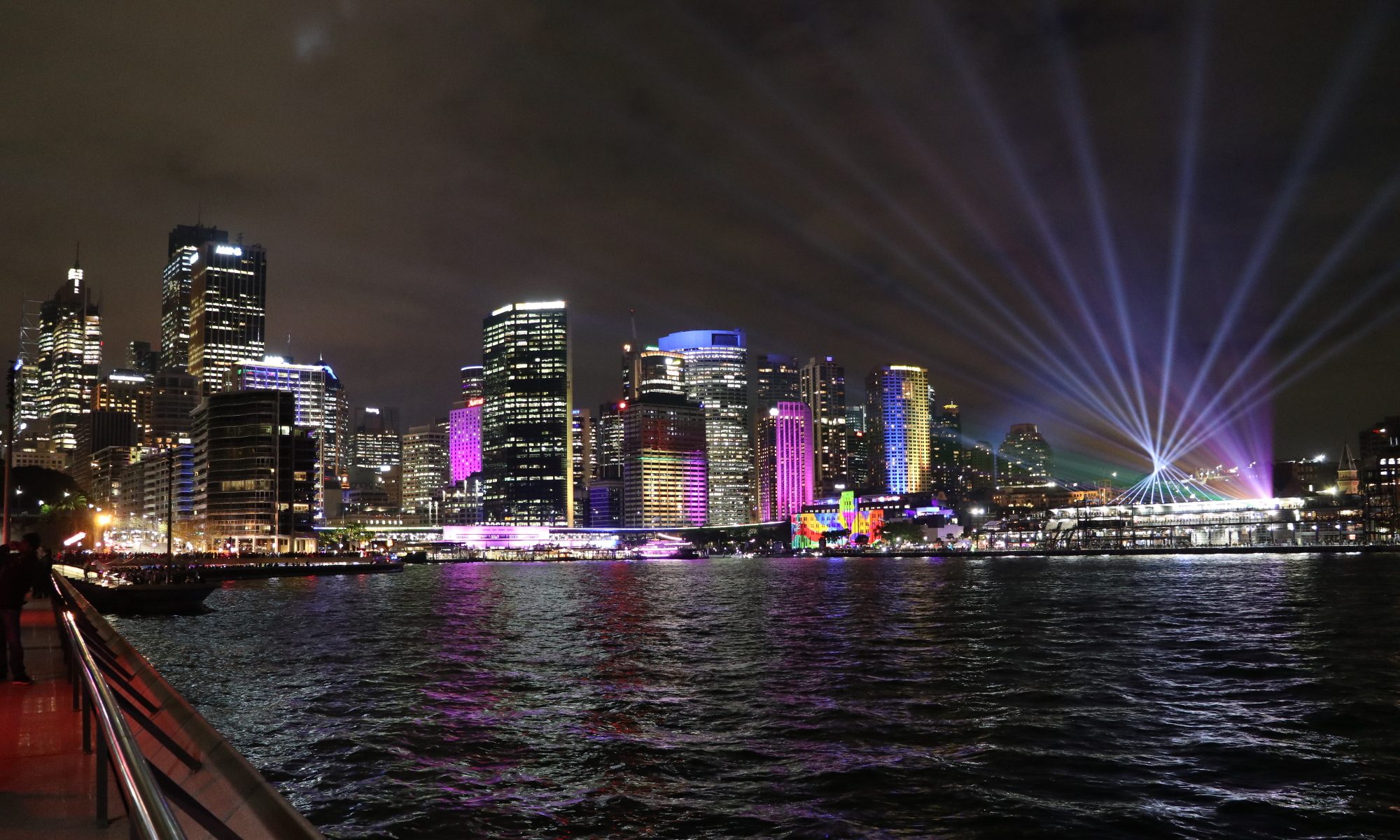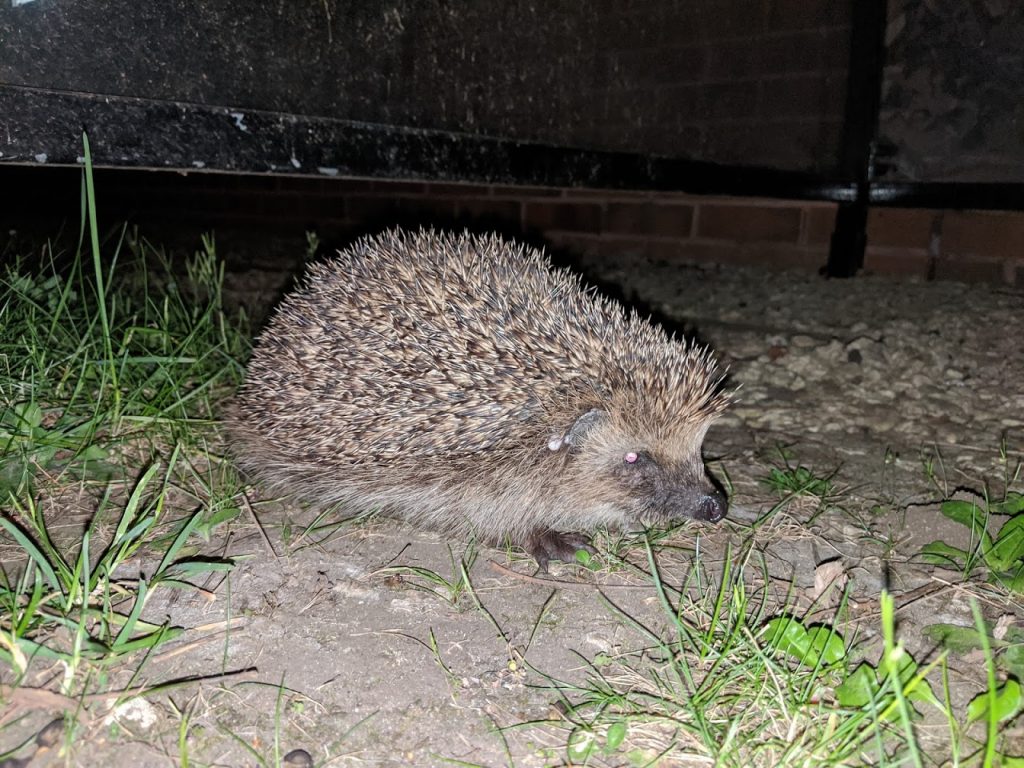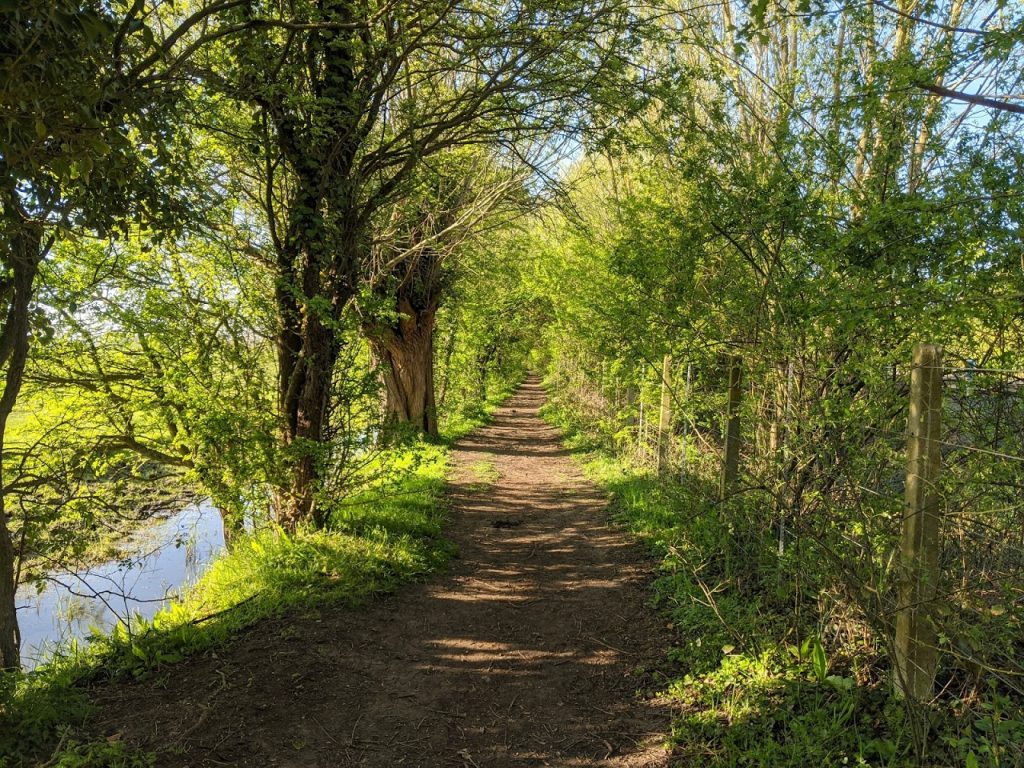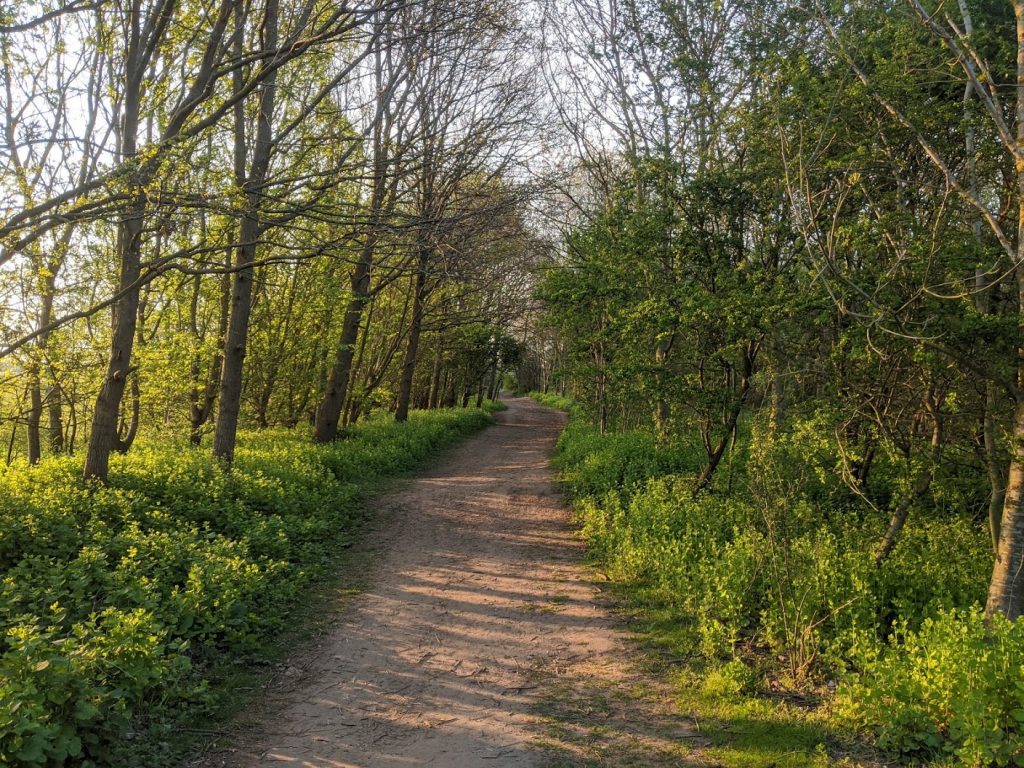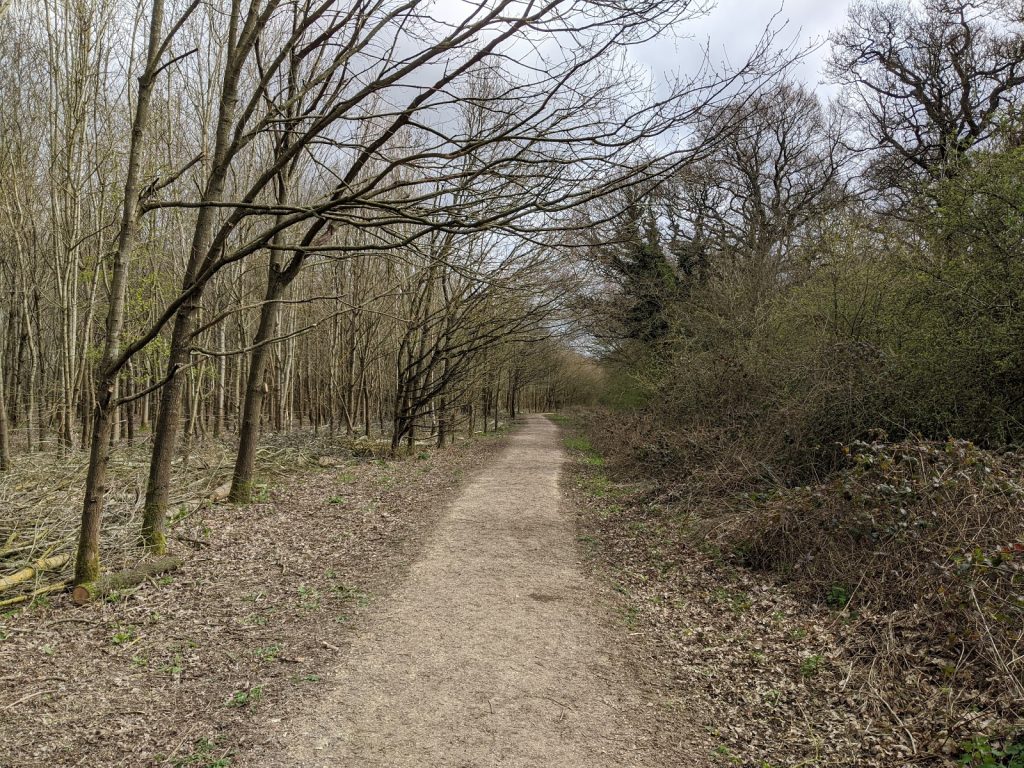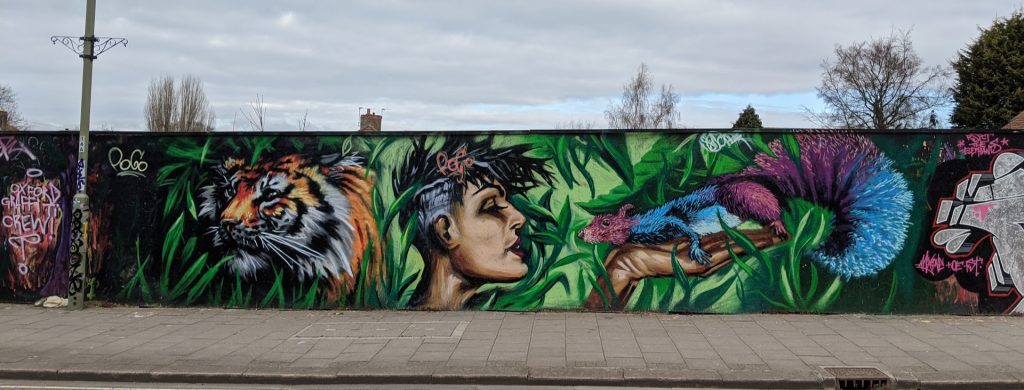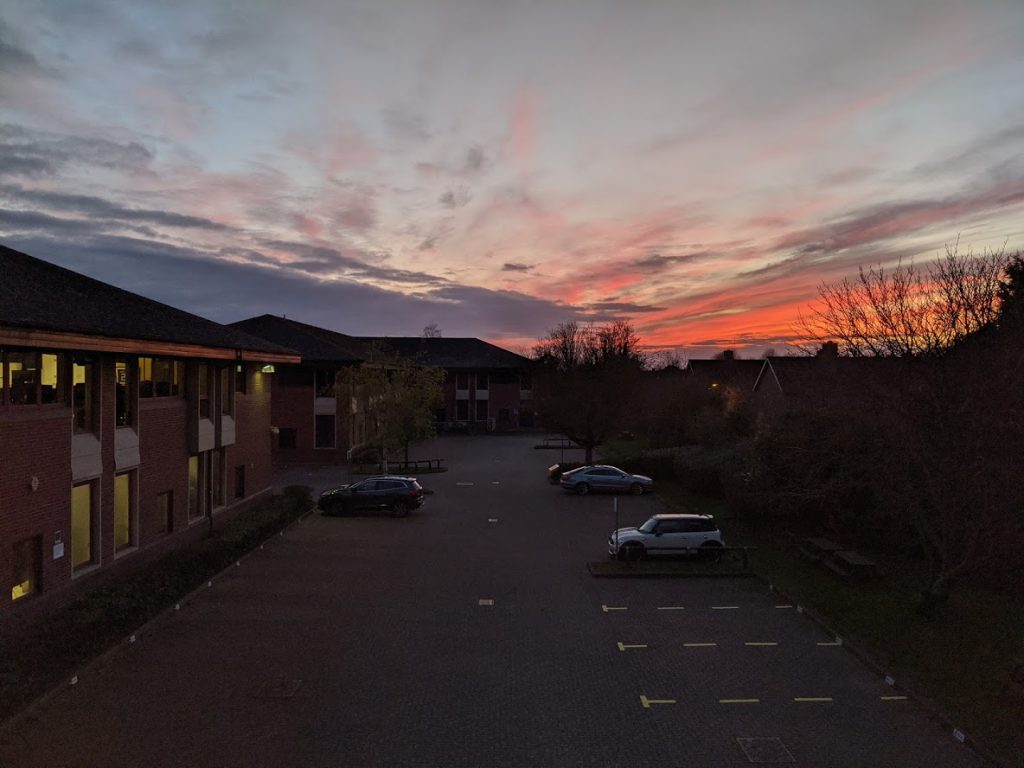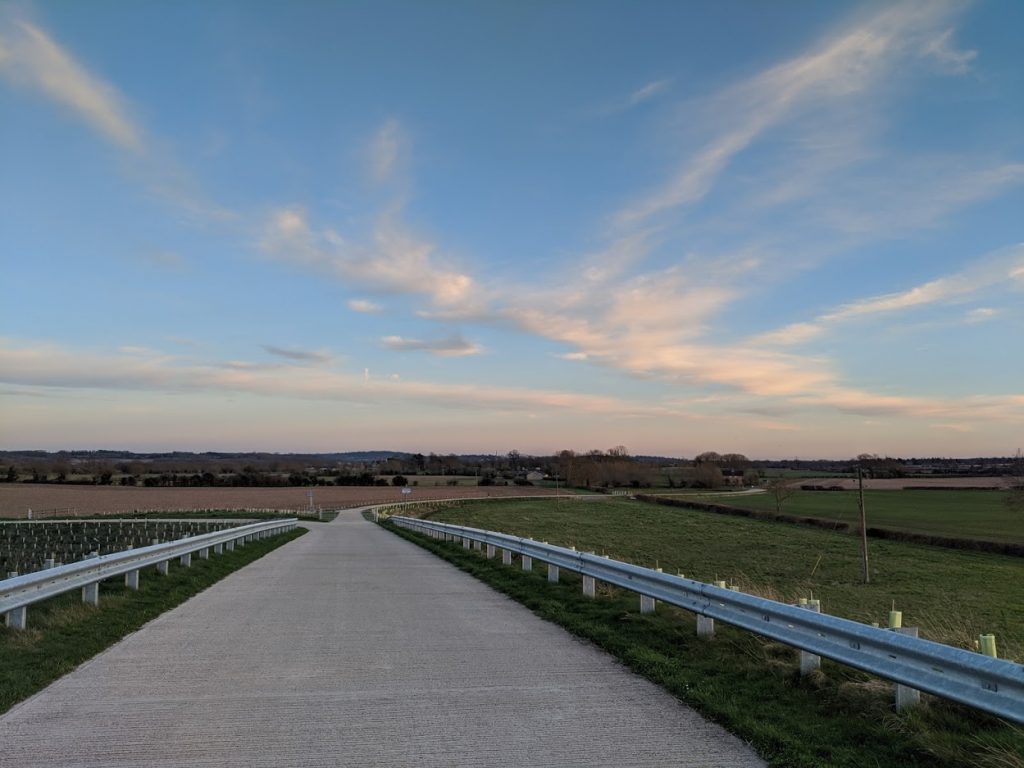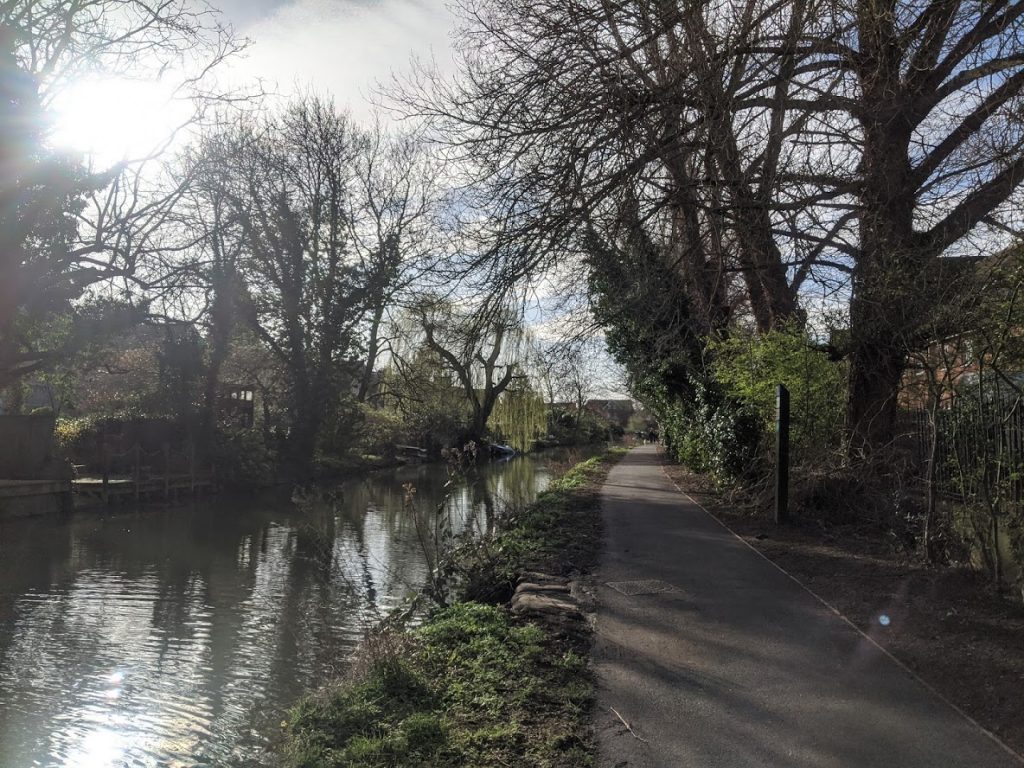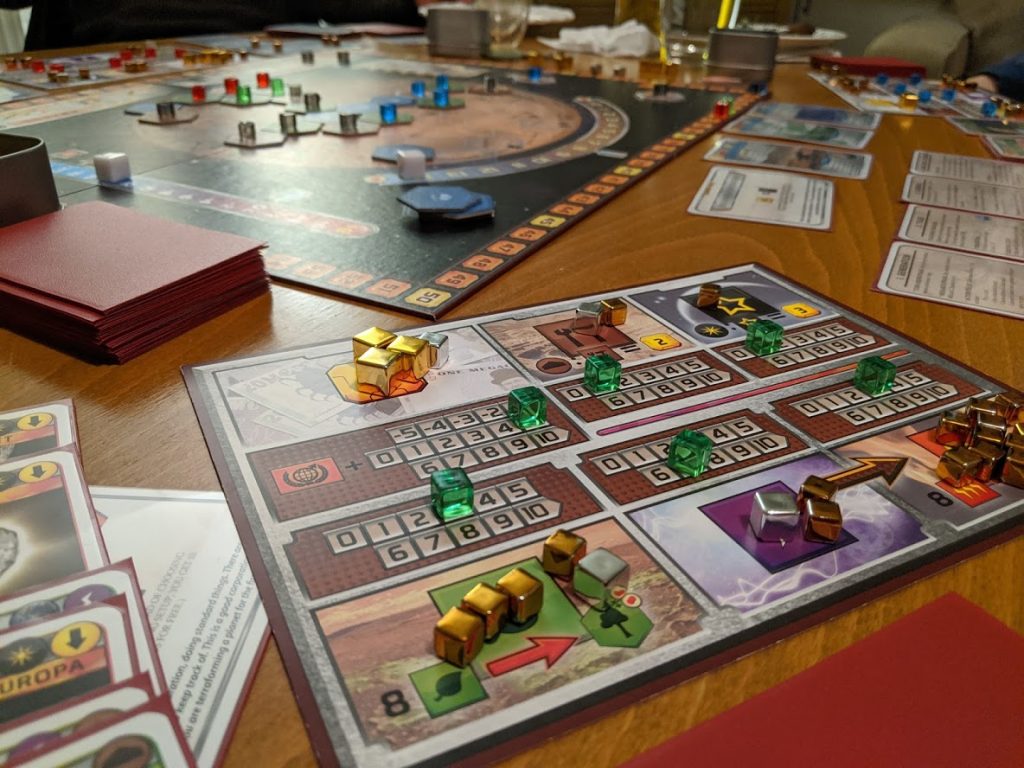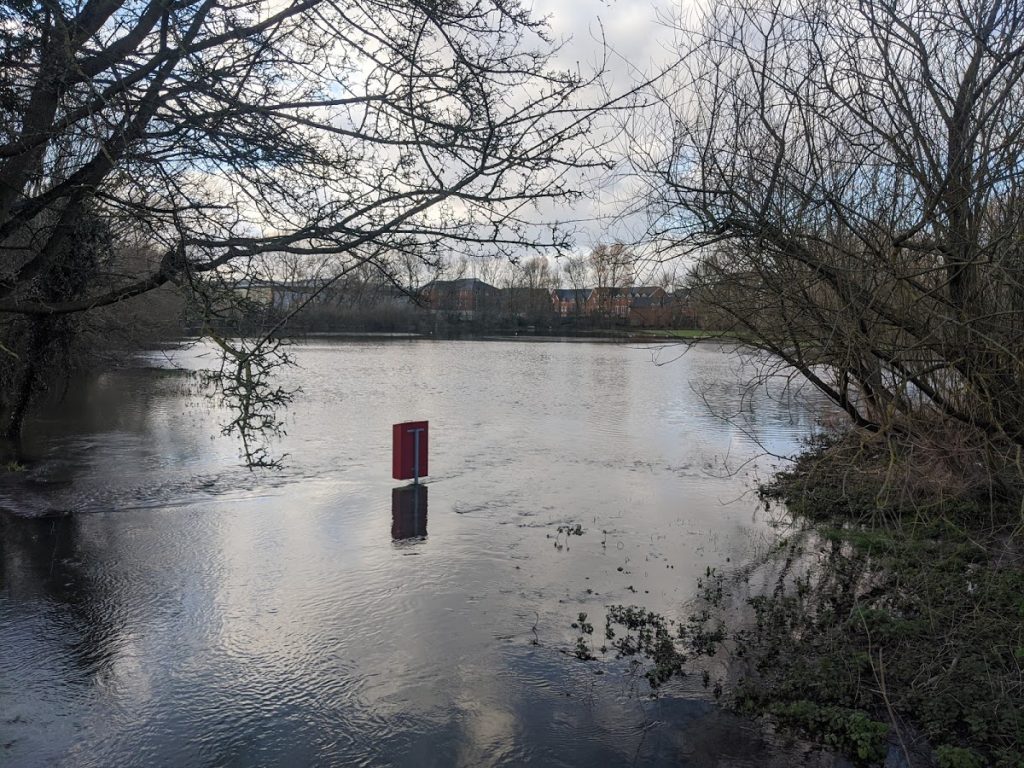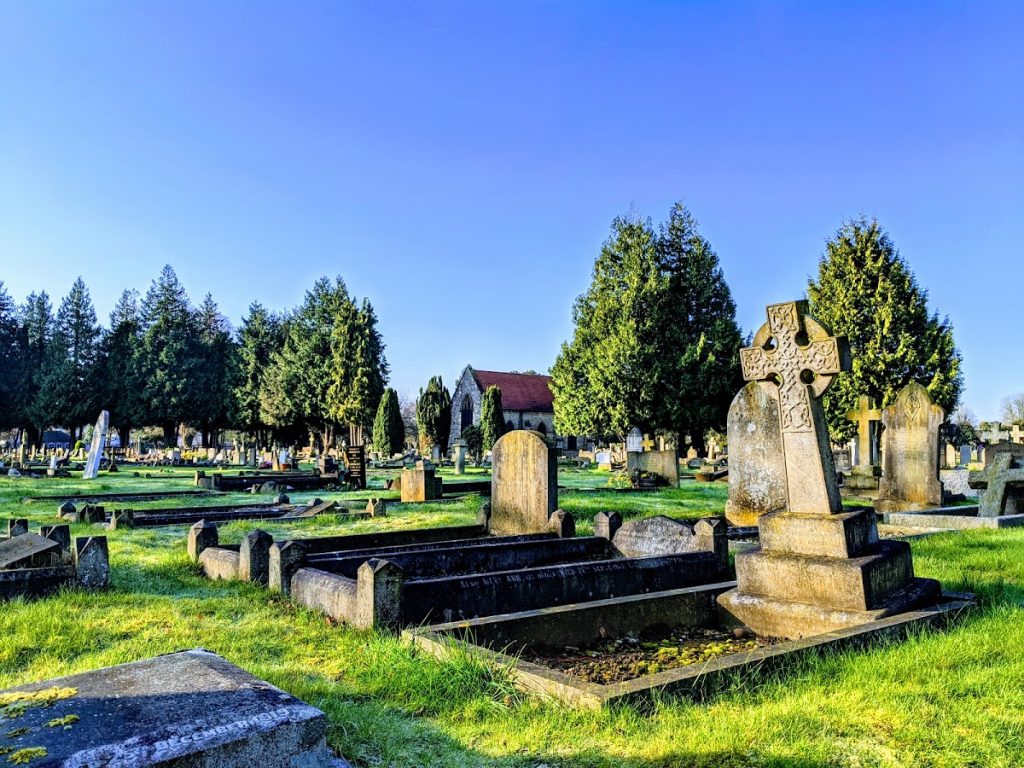This week I have had more autonomy in how I allocate my time at work. While I enjoyed the freedom, it also created expectations to perform. I might aspire to a stoic determination around ideas of “never complain, never give excuses”, but having actual excuses be removed increases the pressure I feel to deliver.
More Thoughts:
Caterpillars in Shotover
On the recommendation of a friend I ran in Shotover Country Park this weekend (see Photos from the Week below). The trails are well kept and soft under foot. There is a good variety of long steady climbs, short punchy climbs, and beautiful flat sections, great for all manner of training. There were also thousands of small (1 cm or so) caterpillars hanging from trees which I was inevitably coated in. Curious, I turned to the scientific literature and found a comprehensive description of this behaviour in the appropriately named journal Animal Behaviour. As it turns out, this is a defence mechanism to avoid predators (stink bugs and wasps). When the caterpillars detect the vibrations their predators make when hunting nearby, they dangle themselves from silk threads to escape being eaten. Interestingly they can differentiate the vibrations of wasps and stink bugs (two predators), and dangle further (30 cm) for wasps than the less adept stink bugs (only 10 cm of dangling). Not only did the study record and artificially replicate the vibrations caused by the predators to confirm this, they also measured that the extra dangling significantly increased survival in response to the wasps, but was not needed for the stink bugs. Science is awesome. Unfortunately for these caterpillars, the extra dangling also made them much more likely to become unwilling passengers on my run. Good pictures of them in this tweet.
Short Observations on Social Pressure
I remember being taught about peer pressure at school. Usually the intention was that if children are aware of what is motivating them to do something the teacher or parent thinks is negative, that they will be less likely to behave in that way. I would like to think that I’ve become more aware since I was a child, and yet peer pressure still nudges me to make bad choices. I was tagged in a run by a friend as part of a “5k for the NHS challenge”. He ran under 20 minutes and, being competitive, I wanted to beat that time. It is something that I feels possible, but would require a more intense change of pace than what seems reasonable given my current training. I really felt pressure, for about 10 days, to go out and try and run a sub 20 5k, which would have been a mistake. With other more significant pressures in my life at the moment, it is interesting to note that such a trivial (and well meaning) nudge to perform can cause such an emotional burden.
Of course the other side of this is that I was motivated to give £5 to the NHS. I have often been cynical about runners raising money for charity: the run seems so unnecessary, even costly, as the event costs could also go to the charitable cause. Fun runs do align with some causes, as exercise reduces susceptibility to cardiovascular diseases and diabetes, but in general it seems contrived to me. I must concede though, that had I not been nudged to donate via Strava, I would not have donated that £5. From this single point of data, it has been effective.
Stuff I’m reading at the moment
Measure What Matters by John Doerr, and Leading by Alex Ferguson and Michael Moritz. I am hoping to get some summarised thoughts out soon.
Photo from the Week

Running in Shotover Country Park
